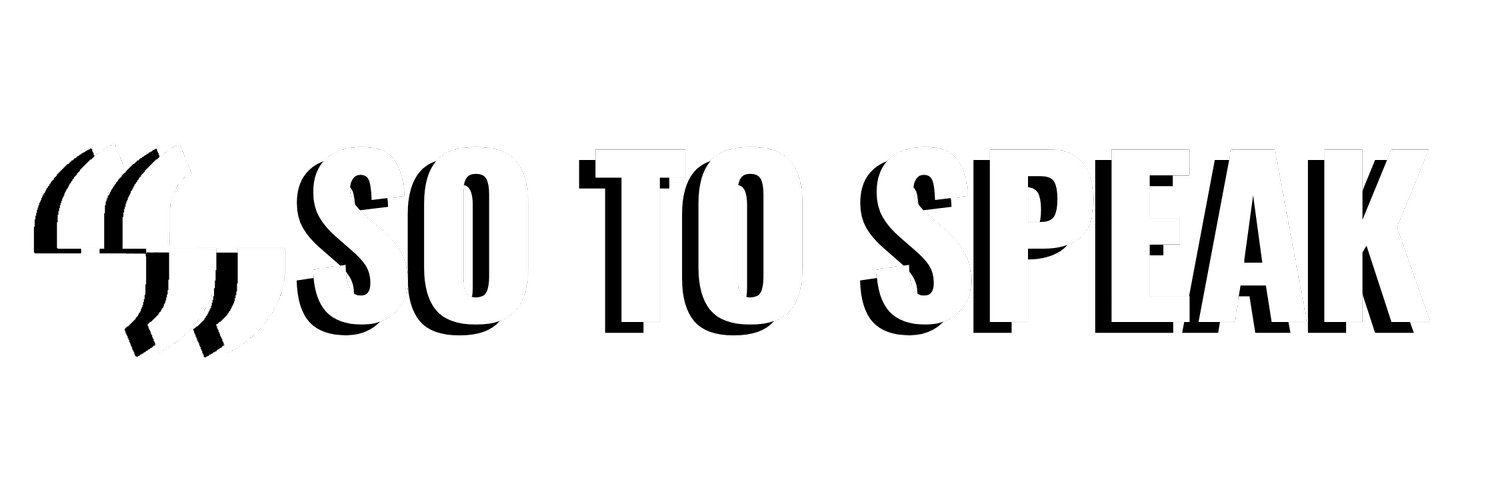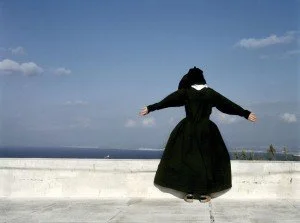Representations of the Feminine Body and Psyche: An Interview with Lili Almog
Photo by Lili Almog
I first discovered Lili Almog’s work at the Brooklyn Museum’s Elizabeth A. Sackler Center for Feminist Art, where her stunning images illuminated an intimate stillness in women’s faces and poses, each emotionally naked before the camera. When confronted by the images, I knew I had been invited into a conversation, a conversation about gender, about societal roles, about faith and culture. An energy pulsed from the stark, stripped view she captured through her lens.
Born in Israel, Lili Almog worked as a photojournalist before attending the School of Visual Arts, graduating in 1992. Her vision as an artist has taken her into people’s bedrooms; villages in Western China; Carmelite monasteries in Israel, Palestine, and the USA; and beyond. Increasingly, she stretches the boundaries of her photographic training to include drawing, sculpture, and video in her art. She has exhibited her work in galleries around the globe; published two monographs, Perfect Intimacy and The Other Half of the Sky; contributed to four books; and won awards. One curator says of Almog, “In times when the tides of aggression seem high on the horizon, an intimate seeking for the feminine without gender characterizes Lili Almog’s work.”
We invite you to share in this intimate conversation with Israeli artist, Lili Almog:
Sheryl: How would you define your role in the artist-subject-viewer relationship?
Lili: My intention as an artist is to enter an extremely private space without disrupting the delicate essence of communication between subject, their experience and the viewer. I wish to move beyond documentation, to preserve the private moment by transcending limits imposed by preconceived ideas, cultural stereotype and prejudice so that people may speak their stories to me.
Sheryl: You grew up in Israel and studied art at the School of Visual Arts in Manhattan. How did your childhood affect your art vision, which developed in art school?
Lili: My upbringing Israel was a creation of the powerful dynamic between women. I grew up surrounded by my mother, grandmother and sister; men left no permanent trace on our lives. Was this a kind of feminism? Perhaps in Israel it was, since the greater society surrounding us was very traditional male-centric values. Living in a home created by, and for, women, and we were always aware of the tensions between our family’s modern feminine values and the traditional Israeli society around us. My art reflects the female bonds that were so vividly present in my childhood, and the compelling and dynamic clash of traditionalism and modernism in the culture around me.
Sheryl: Who are some of your feminist influences?
Lili: I will have to start with my mom; my mother was a model of the modern feminist woman, with all the difficult choices she had to make in order to give me a foundation to be an independent and free thinker. But I admire so many women in so many areas of life: I respect and am influenced by Simone de Beauvoir’s theories of the “other gender.” Sarah Schenirer, an early orthodox Jewish pioneer of education for young women is someone I admire greatly because of the changes she made in religious Jewish society.
Photo by Lili Almog
Sheryl: What personal factors do you feel inform your art?
Lili: My art focuses on creating representations of the feminine body and psyche. I try to capture the cultural and spiritual identity of women set in their private spaces. My images combine elements of history, social class, and personal experience in surroundings that have timely significance.
My subjects are often from remote cultures not experienced with mass media exposure. I utilize a variety of photographic means — portraiture, landscape, and video camera —as testimonial recorders, to emphasize the individuality of my subjects, their enduring dignity, their sense of self worth and their traditional values.
Sheryl: Many of your photos are poetic, stories onto themselves, and they invite interpretation. If there were one piece of which you’d like to tell the story, which one would it be? What is that story?
Lili: Here is a story about a nun who I photographed during my “Perfect Intimacy” project.
On the way to the monastery in Bethlehem we stopped for lunch. I observed a nun fixing her habit, with a fairly large cross made of brass sticking out of a little pocket in the center of her chest, under her scapula. I asked her if her cross had a special meaning and she told me that each sister has her own personal crucifix that she receives on the day of her Profession of Vows. Each nun receives her Profession Crucifix from the Prioress and always carries it next to her heart. This nun held her cross very gently and lovingly as she showed it to me. I was deeply moved by this and Somehow for me it became a symbol of their relationship with God From that point on, when I would photograph a sister I would ask her to show me her personal Cross.
Photo by Lili Almog
Sheryl: You’ve travelled around the world and captured women in many different environments. Is there one culture that has affected you most?
Lili: In my project, “The Other Half of the Sky”, I created portraits of minority women in the countryside, small cities and villages in China with an emphasis on Muslim women in China. The Mosuo women are one minority that I encountered in my visits to China. They are one of the last matriarchal societies existing in our world. Geographical isolation enabled the Mosuo society to preserve their matriarchal way of life until the 1970s, when a road built into the mountainous area opened up the Mosuo culture to the outside world. In recent years, the traditions of the Mosuo society have been severely challenged by modernization, which has brought an invasion of tourists — and tourist dollars to the Mosuo region. Traditional practices are being abandoned for more financially lucrative opportunities, for example, farmers are leaving their fields for tour-guide jobs and women are charging money for dressing up tourists in traditional clothing. Some male tourists come to the region for sex. In the Lake Lugu red-light district, prostitutes from other parts of China dress up as Mosuo women and offer their services. The younger generation is starting to abandon tradition for all things modern; older Mosuo wonder how much longer their unique culture will survive. My work documented the Mosuo struggle to hold on to their unique matriarchal practices despite the erosion of their culture by modern society.
Sheryl: What are you working on currently?
Lili: My focus has shifted from the private space to more global space. Currently I am exploring the broad spectrum of changes in culture via landscape. I have been working on a project, “Beyond Presence and Absence”, which documents topographical change in a kibbutz in Israel due to a natural catastrophe. Although I live in New York, I personally identify with the intimate kibbutz community and the way it deals with change so differently than we do here. I am also documenting massive change in the American post-industrial landscape from a local topographical perspective. The visual questions I am exploring are boundless . . . and intrigue me.
Lili Almog is an Israeli-born artist based in New York whose work in photography and video investigates female identity. Her exhibition and book, The Other Half of the Sky, portray women in rural China. Beginning in 2006, Almog traveled to remote Chinese provinces to document women of diverse backgrounds and societal functions such as members of the Muslim minority, tile factory workers and farmers. She produced portraits in six distinct geographic sections: mountain, lake, factory, street, backyard and land. Recent solo exhibitions of her work include The Art Museum of Lexington, KY; the Emmanuel Valderdorff Galerie in Köln, Germany; and Andrea Meislin Gallery in New York.



